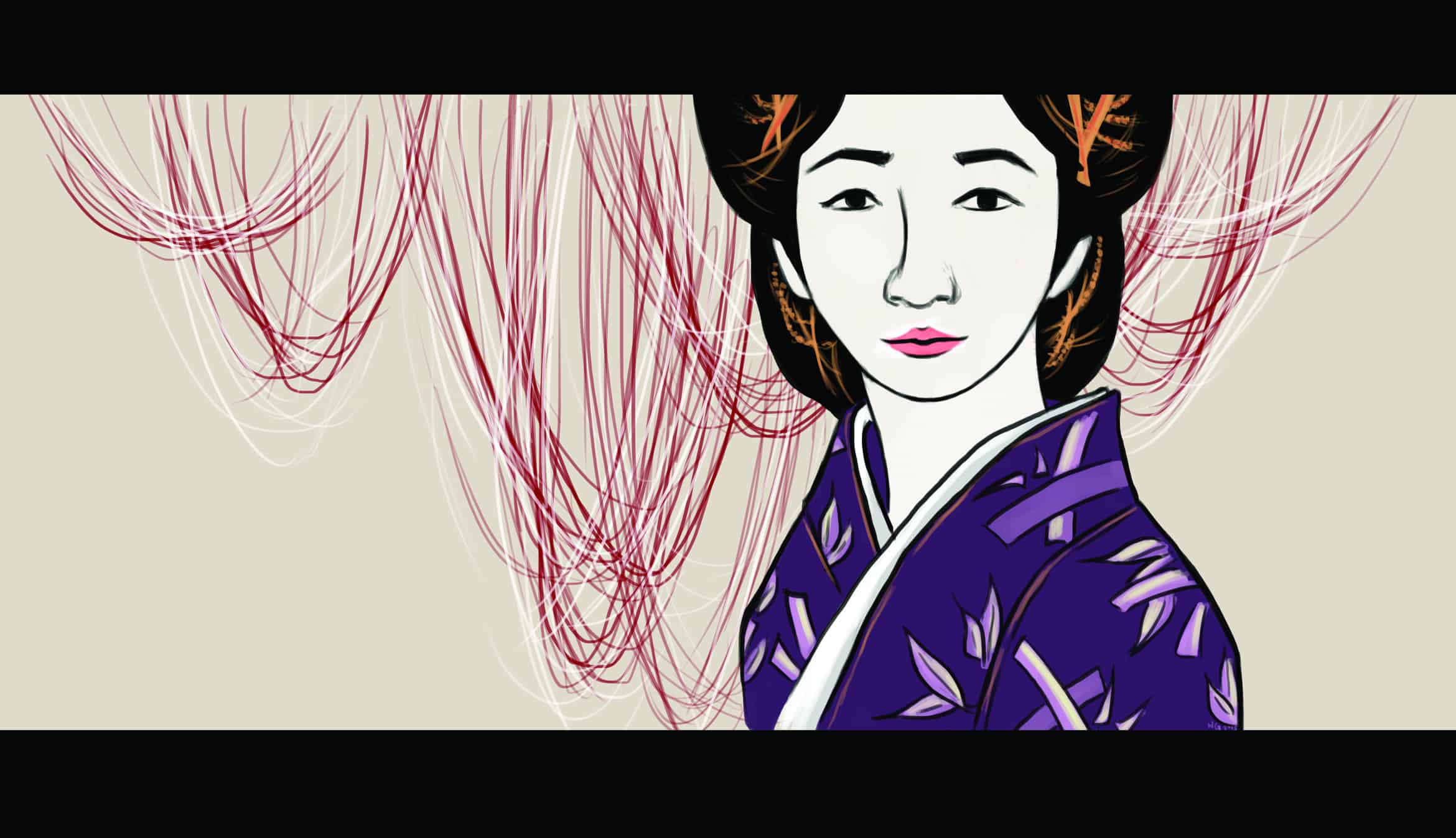Cinematheque, the subsidiary of TIFF that programs classic and rare art cinema out of the Bell Lightbox, has completely outdone itself this season. Between A Man and a Woman, a screening series that pays tribute to Amour co-stars Jean-Louis Trintignant and Emmanuelle Riva, and L.A. Rebellion, a survey of neo-realist African American independent cinema, the Toronto institution is more than fulfilling its mandate to both entertain and educate the city’s devoted filmgoers. Cinematheque’s most comprehensive offering in the coming months is a selection of Japanese films, which are divided across three screening series that showcase highlights of Japanese cinema.
Cinematheque’s latest program is perhaps the most exciting portion of the citywide Spotlight Japan festival, which includes contributions from Canstage, the Japanese Canadian Cultural Centre, and Soundstreams. Two of the three Cinematheque series, Japanese Divas and Tokyo Drifters, offer an enticing cross-section of high and low culture from Japan’s classical and New Wave periods, focusing on stately canonical art house fare and low-budget genre films, respectively. Japanese Divas and Tokyo Drifters strike a compromise between auteur-driven modernist filmmaking and popular entertainment, providing a significant perspective on Japan’s internationally dominant national cinema in its fledgling stages.
Framed as a celebration of iconic female leads, Japanese Divas encompasses much of Japan’s cinematic Golden Age, including beloved and oft-referenced classics like Rashomon and Tokyo Story. But the series also showcases heady entries from the New Wave of the 1960s. Hiroshi Teshigahara’s Woman in the Dunes and The Face of Another are stark existentialist parables that came out alongside the early works of Nagisa Oshima, and cover some of the same bleak terrain. The reason these wildly stylized, subversive films can play next to, say, the gentle melancholy and humanism of Ozu, or the elegant, folkloric horror of Kenji Mizoguchi’s Ugetsu, is that they share the (perhaps idealist) notion of the auteur.
Auteur, or authorship theory, is a belief in the unitary artistic vision of the director as the central driving force behind a given film’s form and meaning. The theory is bound up in romantic and modernist ideas of artistic process, and was vital to the assertion of cinema as an art and the classification of “national cinemas.” The Japanese Divas series could just as easily be called “Master Filmmakers of the Japanese Golden Age,” which is why it’s novel and interesting that TIFF has taken the feminist-revisionist route, and why these are largely the same films the average student would see in a course on canonical East Asian art cinema. They’re essential viewing, but they offer largely the same picture of Japanese national identity that the West has received through other cultural channels.
Tokyo Drifters, on the other hand, takes a pop culture-centered approach, supplementing the film festival-bate of Ozu and Teshigahara with the sort of pulpy genre filmmaking that played to a broader audience domestically. The series focuses on the exploitation output of Nikkatsu, Japan’s oldest major film studio, and a prolific producer of comedies, urban youth dramas, and crime thrillers. Cinematheque is screening a selection of rediscovered genre classics, including A Colt is My Passport, Branded to Kill, and, of course, Tokyo Drifter. But the program also includes titles that are not as widely available, and do not appear in the Nikkatsu Noir box set issued a few years ago by the Criterion Collection. To single out one film over a host of possibilities, the promisingly titled Stray Cat Rock: Sex Hunter is a screening experience that is probably not replicable at the Robarts Media Commons.
The exciting thing about this mix of international art cinema classics and locally-sold low-budget entertainment is that some fascinating points of intersection are bound to reveal themselves. Recent initiates to the realm of world cinema can look to these series for a well-rounded crash course in Japan’s cultural legacy, while cinephiles can revel in the obscure pockets of film history unearthed by this two-pronged approach to programming.
For example, Nikkatsu and other studios’ rapid output of low-budget noir tragedies and pink films (read: softcore pornographies) provided resources to some of the novice directors that later made up the New Wave, similar to the way that Roger Corman’s International Pictures imprint churned out such New Hollywood luminaries as Francis Ford Coppola and Dennis Hopper. A prime example is Shohei Imamura, who made a series of films at Nikkatsu, ranging from schlocky comedies to politically radical, formally innovative works like The Insect Woman. Another such case is Seijun Suzuki, the mastermind behind Tokyo Drifter and Branded to Kill’s wild pacing and flashy, hipster aesthetic. Though not recognized as a major artistic figure in his time, his tendency toward postmodern genre deconstruction has been a big influence on Japanese and American cinephile directors like Takeshi Kitano and Jim Jarmusch.
Dragnet Girl, a 1930s gangster film directed by Ozu, is another perfect example of this blurring of high and low forms, and a salient reminder that this type of hierarchical thinking belongs more to critics and programmers than the filmmakers themselves. It’s screening as a part of the Japanese Divas series, which kind of dismantles my attempt at categorization, but I think it really speaks to the mobility between genre entertainment and modernist artistic experimentation.
Japanese Divas runs until March 31, while Tokyo Drifters runs until April 6.


